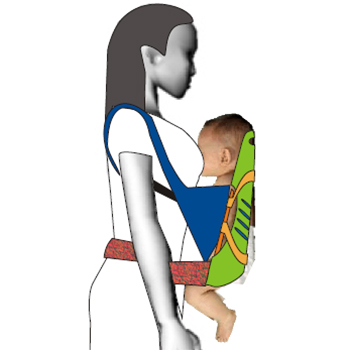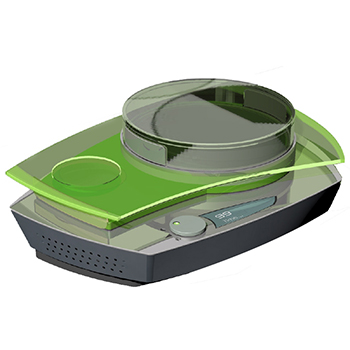The oceans and seas are the most ecologically diverse places on our planet, and yet we know very little about them. Man-made systems developed for ocean exploration, up to this point, have been very limited in their capabilities. For our engineering solutions to become better suited to marine exploration, we must look to nature for inspiration. While man-made marine systems, such as submarines and ships, have been optimised over the years to perform long-range cruising, they lack the agility and manoeuvrability of biological systems. A good measure of the manoeuvrability of waterborne systems is the turn radius. The minimum turning radius for a fish is 0.00-0.47 body lengths, while for sea lions it is about 0.09-0.16 body lengths. In contrast, rigid-body submarines have a turning radius of 2–3 body lengths. In general, the performance of man-made systems, constructed from rigid members with propulsion from propellers, falls far short of that of biological systems. The most common method of underwater propulsion is the propeller. Propellers are often shielded in part by the body of the vessel, reducing their efficiency. Also, boats have a lot of frictional resistance to overcome since they are submerged in a viscous fluid. They also have to produce enough power to carry the added mass along with them. More efficient means of propulsion would benefit these vessels. This project aims at developing a more efficient propulsion method. Other methods of propulsion are being studied based on successful natural systems.






